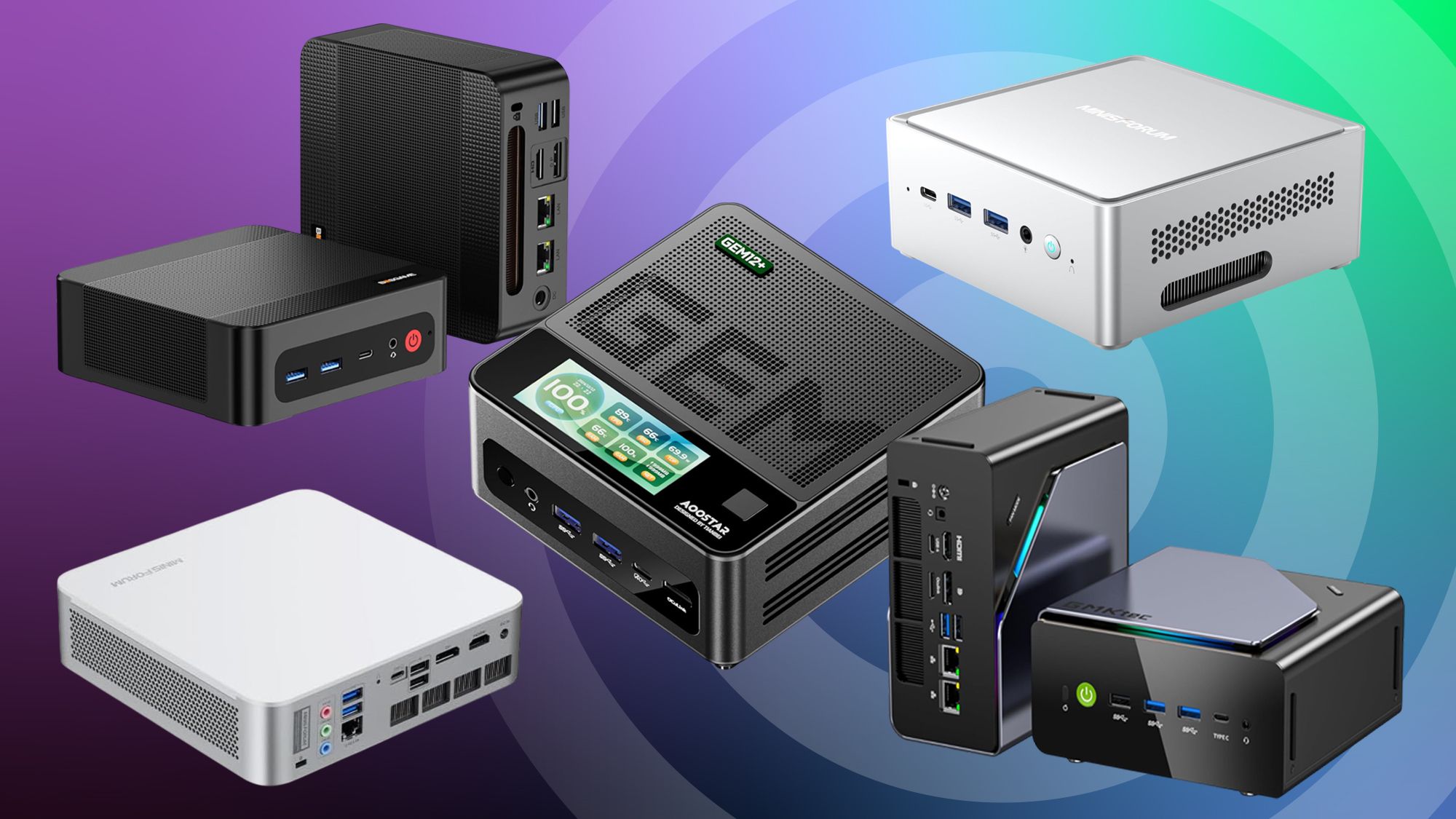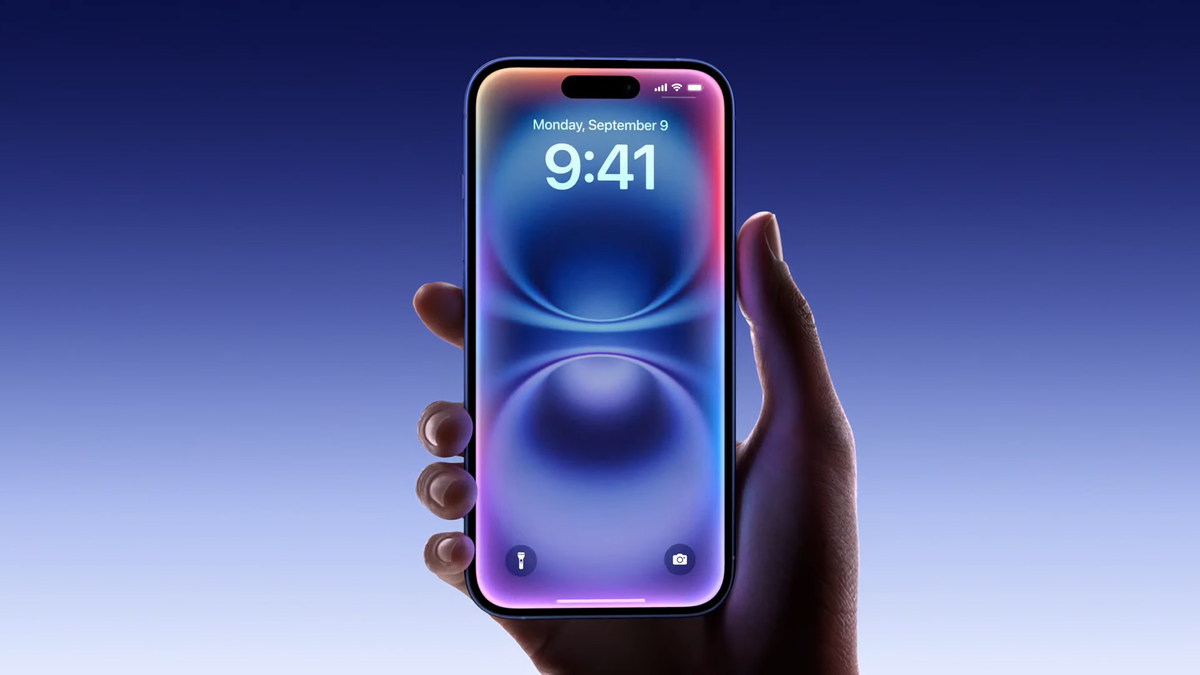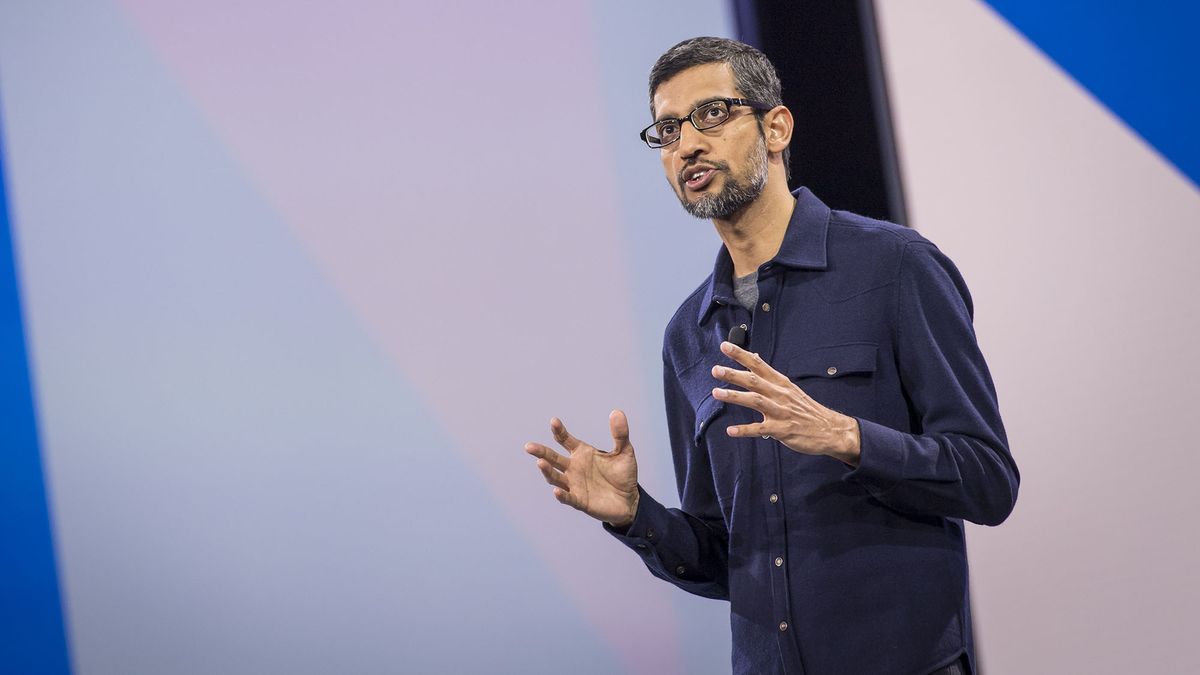- The hiring campaign would increase Graphcore's workforce by 20%
- The announcement marks the first big moves since the SoftBank acquisition
- Roles available in silicon design, software and infrastructure
Graphcore has announced plans for a new hiring drive just months after its landmark acquisition by SoftBank.
The British AI chip maker announced it has 75 vacancies spanning a range of business functions, including silicon design, data center infrastructure management, hardware engineering and AI research.
“Whether you have a background in silicon, systems, software, AI research or any of the other roles we are expanding, this is an opportunity to work at the forefront of your field,” said CEO Nigel Toon.
Graphcore Hiring Surge
The hiring drive represents a 20% increase in Graphcore's overall workforce and will include positions across all of its global offices.
The company currently has headquarters in Bristol, Cambridge and London in the United Kingdom, as well as offices in Gdansk, Poland and Hsinchu City, Taiwan.
Graphcore was acquired by SoftBank in July 2024 in a deal described by Toon as a “tremendous endorsement” for the company. As part of the deal, the company became a wholly owned subsidiary of the Japanese investment bank.
While the financial terms of the acquisition were not disclosed, the deal is believed to have been valued at around $600 million, which is a significant downgrade from its 2020 valuation of around $2.5 billion.
Toon described the deal as a “tremendous endorsement” for the company and called the acquisition a “great result.”
What does the move say about Graphcore's future plans?
In its announcement, Graphcore said the move is based on a commitment to “continue to invest in the creation of highly skilled jobs spanning a variety of disciplines” following its acquisition.
However, the open positions point towards its possible future plans, especially when it comes to chip design. Of the 75 positions Graphcore is hiring for, only 10 of them are in silicon engineering design, suggesting the company plans to accelerate development of its next-generation chip range.
Graphcore currently has three generations of silicon, with the most recent, the Bow Intelligence Processing Unit (IPU), set to launch in 2022. The Bow IPU offers up to 350 teraflops of AI computing and features a 40% increase in performance and 16% power. efficiency compared to the company's previous generation IPU.
However, unlike other processors available on the market, Graphcore IPUs do not use high-bandwidth memory (HBM) technology. Instead, they rely on internal SRAM.
However, competing chips use HBM, including Intel, AMD, and Nvidia.
With a large number of positions available in its silicon design department, this raises the question of whether Graphcore could change its design to include HBM capabilities.
Similarly, announced roles in its software and infrastructure solutions departments may also signal a change of direction for Graphcore, perhaps with its focus on improving data center capabilities.
He wouldn't be alone here either. Nvidia offers its own software and infrastructure options for AI inference. This has been crucial in its rapid rise during the rise of generative AI.
AMD has also focused heavily on its own data center segment in recent years to keep pace with Nvidia.









